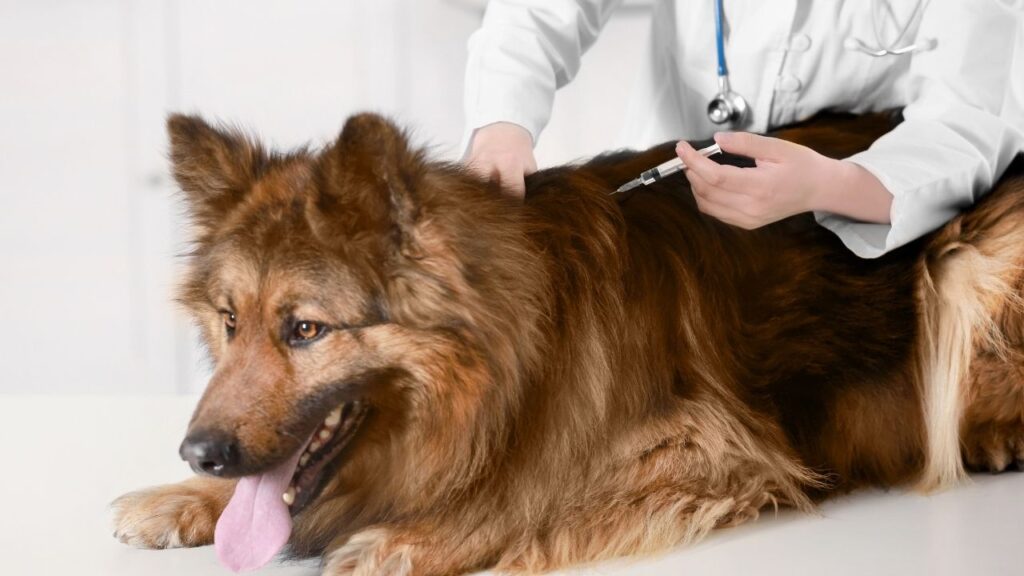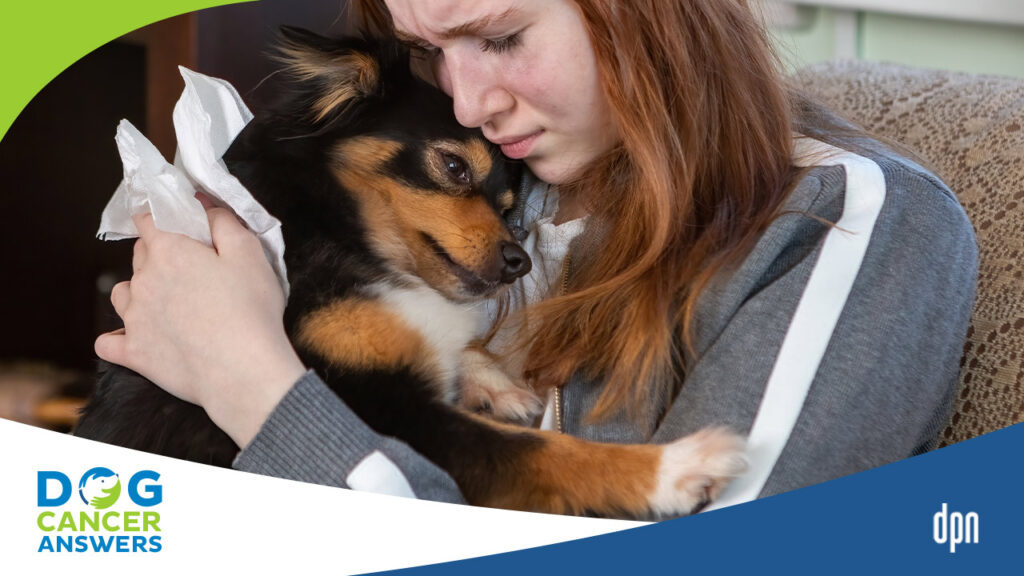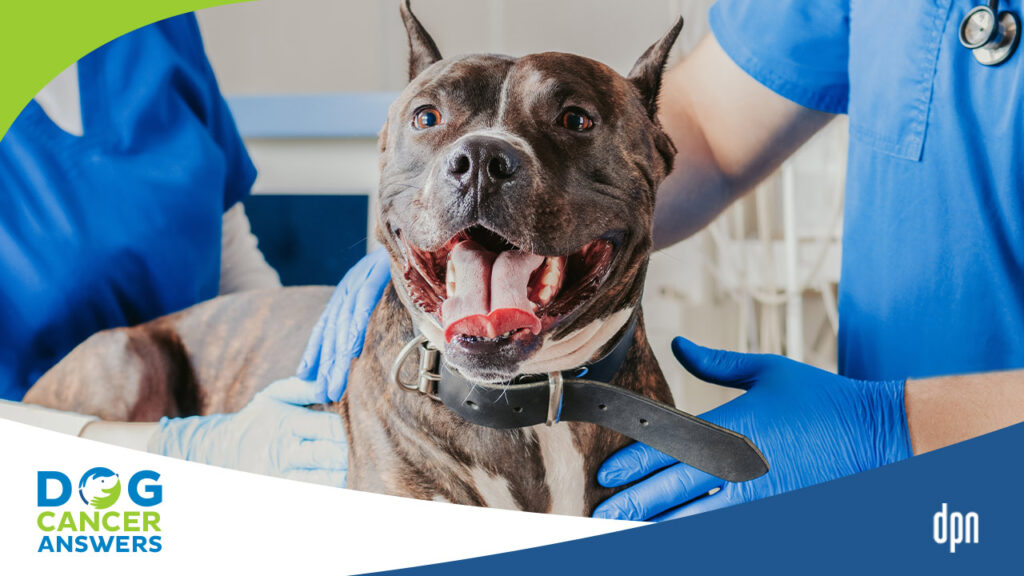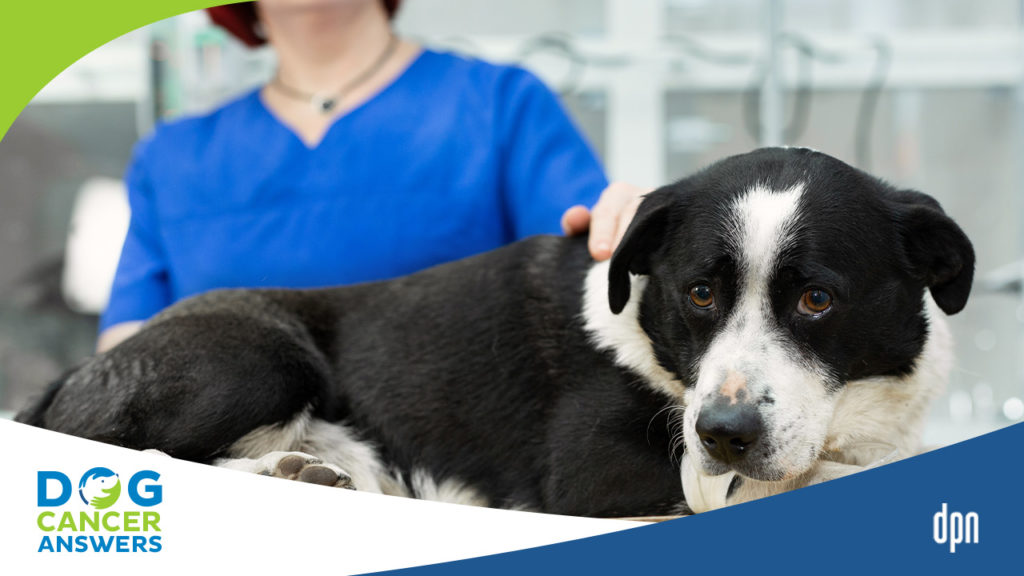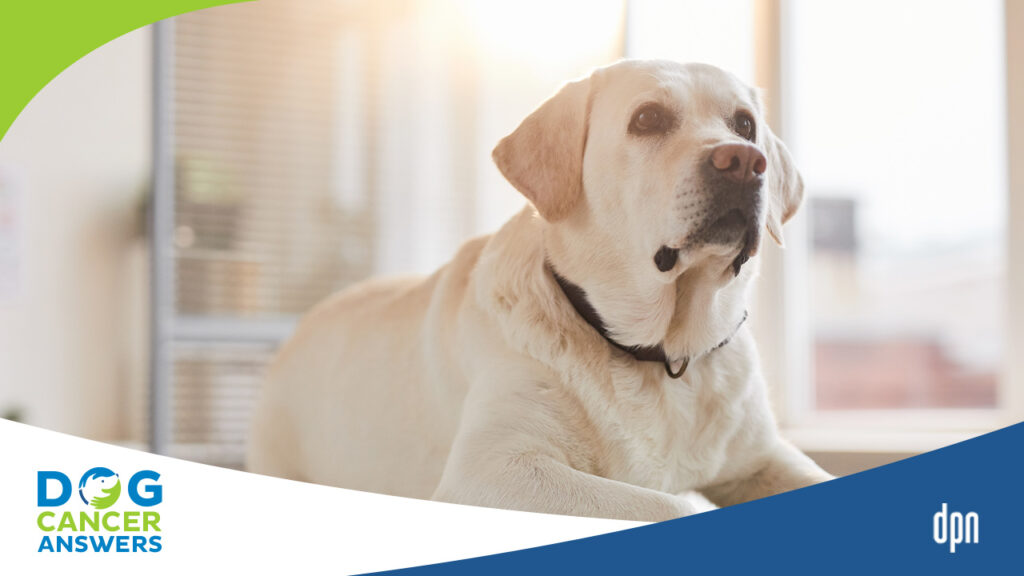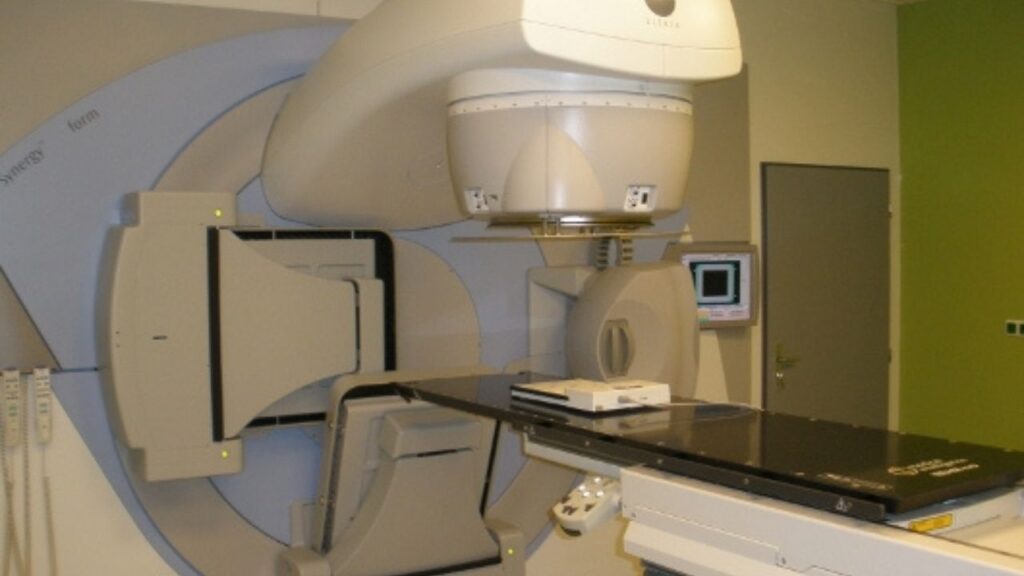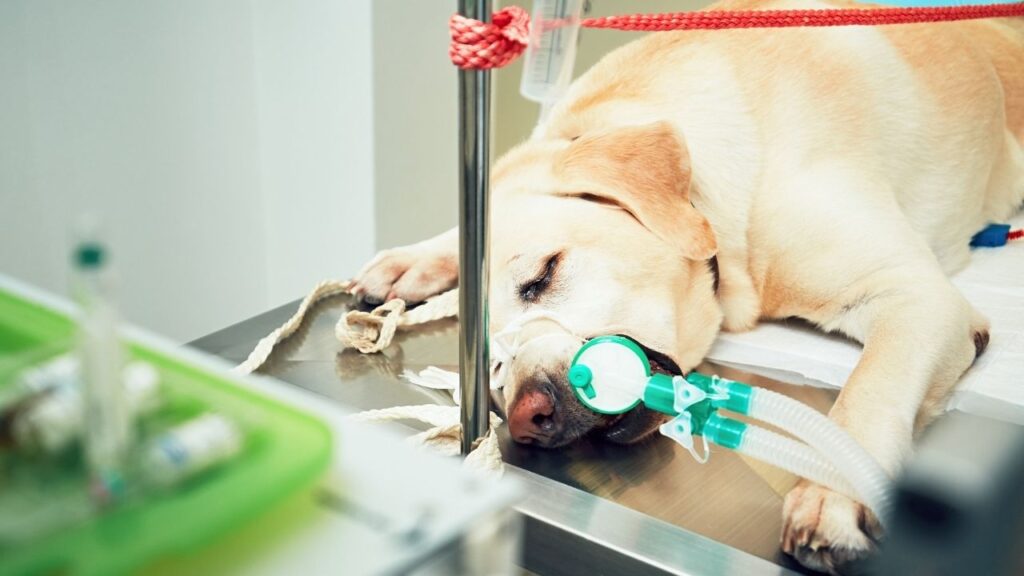When we discuss symptoms of illness in dogs, we use the term signs, which is more accurate. Many of the signs of cancer in dogs are shared with other illnesses. Seeking care promptly is key.
Key Takeaways
- Cancer can develop anywhere in your dog’s body.
- Cancer can develop in dogs of all ages. It is more common in older dogs.
- It’s not common for cancer to be mistaken for other illnesses when the appropriate tests are done.
- Veterinarians screen for cancer during routine physical examinations and annual wellness screenings. To get a diagnosis, however, x-rays, biopsy, and other testing may be necessary.
- No one breed of dog is most prone to cancer.
- Sometimes, blood tests can identify certain cancers. However, there is no blood test at this time that can screen for all cancer types.
Signs (Symptoms) of Cancer in Dogs
When we veterinarians talk about symptoms of cancer in dogs, we often call them signs of cancer, instead. That’s because symptoms are medical issues that a person experiences.1
- A symptom is a manifestation of a disease apparent to the patient himself. But dogs can’t report their own symptoms to us, so in veterinary medicine, we don’t use the word symptoms.
- A sign is a manifestation of a disease that the veterinarian perceives, so your veterinarian may discuss the “signs” your dog displays.
Understanding why your veterinarian discusses signs, not symptoms, is helpful and a reminder of how challenging the assessment of dogs with cancer can be compared to people. Our patients do not speak. They cannot offer their assessment of what is wrong, such as being able to say, “It hurts here.”
That’s why we veterinarians have to rely on other methods of diagnosis. We rely on our examination, clinical observations, and collecting a detailed history of your dog from you.
Veterinary oncologist Dr. David Vail on what we should be looking for as early warning signs of cancer on DOG CANCER ANSWERS.
Nonspecific Signs of Cancer in Dogs
In medicine, a nonspecific sign or symptom is something that can occur in multiple illnesses, not just cancer.
Examples of nonspecific signs that could occur in cancer, but also in many other diseases, are:
- Weight loss
- Lethargy
- Vomiting
- Diarrhea
- Lameness
- Abnormal discharge from the nose, mouth, rectum or vulva
- Halitosis (foul odor from the mouth)
- Changes in behavior
This is only a partial list of the nonspecific signs of dog cancer.
If your dog has any of these signs, don’t automatically panic and assume it’s cancer. It could be something else that is more treatable. Make as many notes as you can about what you see with your dog, because that will help your veterinarian determine what is causing these signs.
Early Signs That May Indicate Cancer in Dogs
Many nonspecific signs listed above can be considered early signs of cancer in your dog, which is why it is important to get them checked out.
Other early signs that are more specific to cancer are masses, swellings, or bumps that develop quickly or change in appearance. Another early sign is a wound that will not heal.
If you see a lump or bump or a wound that is not healing, it’s time to call your veterinarian so they can get you a diagnosis.
Veterinary oncologist Dr. Susan Ettinger (Dr. Sue Cancer Vet) explains when and why to worry about lumps on your dog on DOG CANCER ANSWERS.
Recognizing an Emergency
So far we’ve talked about signs that might not make you think your dog needs to see the veterinarian immediately. But what about signs your dog is in an emergency situation? Seek emergency care whenever there is an abrupt change in your dog’s condition.
Signs of an emergency include:
- a rapid onset of weakness
- difficulty breathing
- disorientation
- seizure
- pallor (light-colored gums)
- severe vomiting
- severe diarrhea
- inability to urinate
- bleeding
- acute pain
These are all signs that your dog may be having a life-threatening emergency. A trip to the ER may be needed.
Veterinary Oncologist Dr. Brooke Britton reveals some early detection signs and guidelines for a Listener Line caller to DOG CANCER ANSWERS.
How to Know When to Call the Veterinarian
Signs are much harder to recognize in dogs than symptoms are in humans. Dogs tend to be stoic, and we don’t always pay close attention from day to day. For example, it might take a long time to notice your dog’s weight loss because you see your dog each day and changes over time can be challenging to see.
Once you recognize signs of possible illness, pursue your concerns. Whenever you notice that there has been a change in your dog’s condition, you should schedule a visit with your vet.
Remember, nonspecific signs can be signs of various illnesses that can be very serious. Having your dog evaluated promptly is much better if you have concerns.
Trust Your Gut
You are the most astute and valuable observer of your dog, and your veterinarian knows it. Trust your gut.
If your dog’s normal behavior, appetite, or energy levels change, or if masses develop, seek veterinary care.
If your dog’s condition abruptly changes, they become weak, unresponsive, have seizures, collapse, or develop other rapid and dramatic signs, seek emergency veterinary care.
Topics
Did You Find This Helpful? Share It with Your Pack!
Use the buttons to share what you learned on social media, download a PDF, print this out, or email it to your veterinarian.

